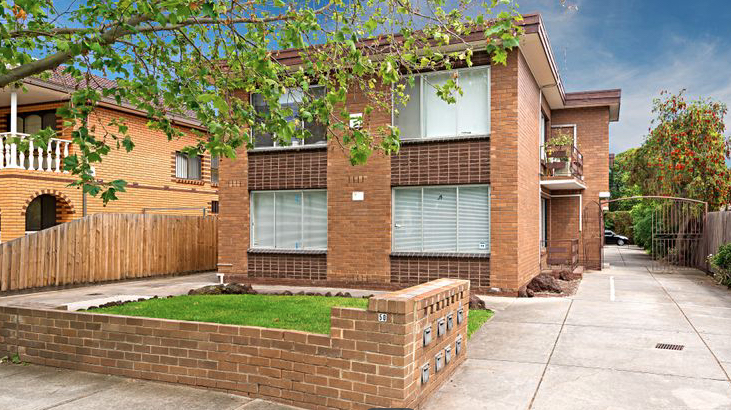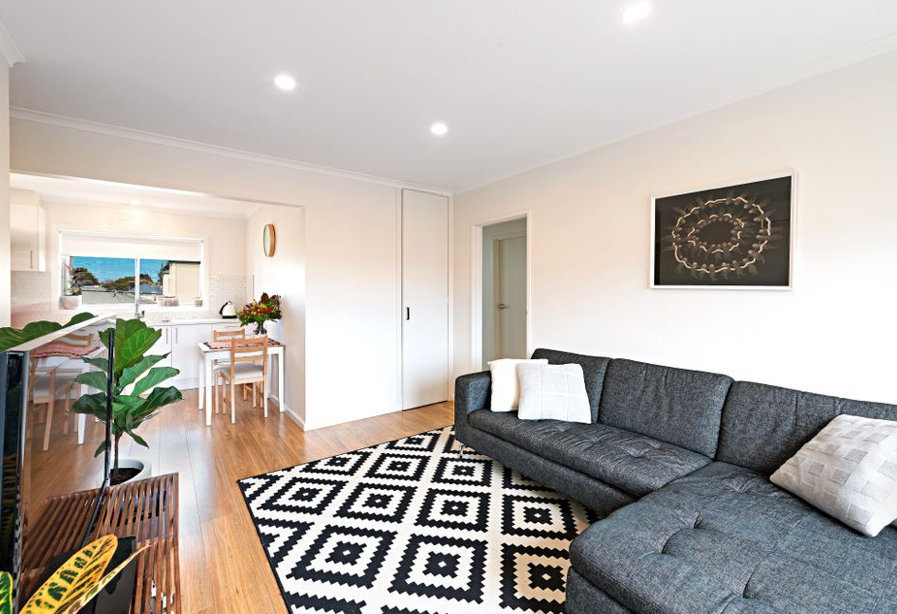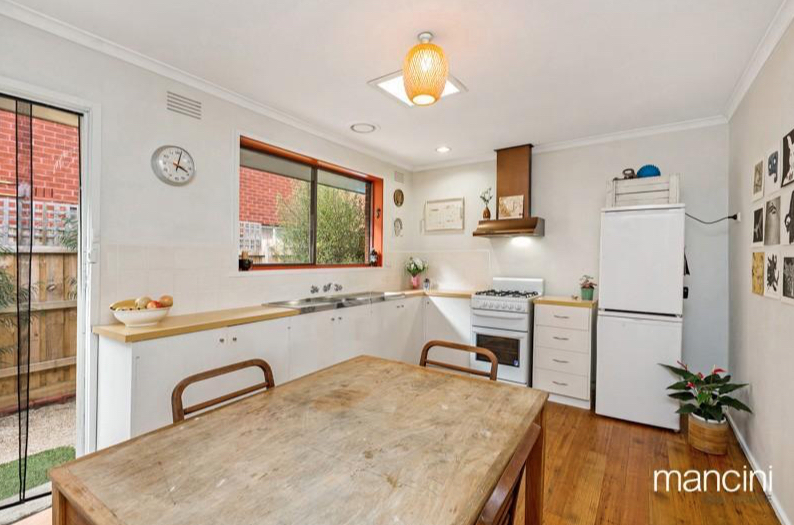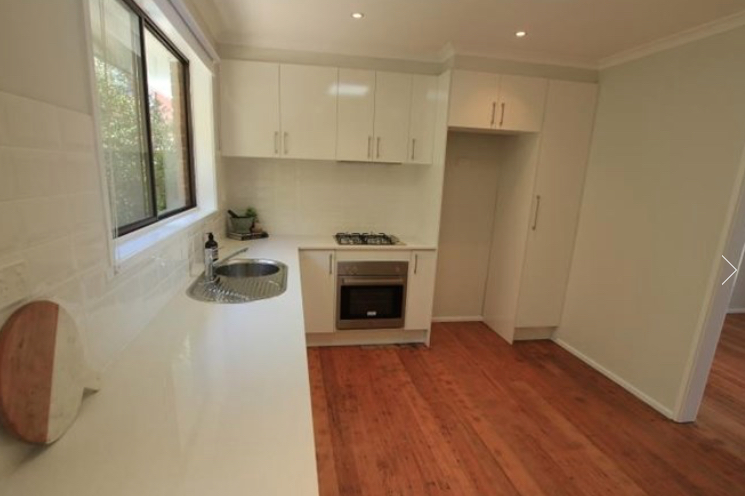There is a strong investor consensus that houses on full blocks out-perform units or strata properties. In the same quality street within the same suburb this may be true, but this long-held investment philosophy has many angles.
And often this philosophy is wrong.
The four common reasons that influence buyers to hold this firm view are:
- The perception that a house on it’s own full block will out-perform units in any market or area, regardless of the suburb quality.
- The ability to alter or improve a house (as opposed to restrictions governed by strata rules) give a stronger opportunity to the house-buyer.
- Owners Corporations (formerly known as Body Corporates), or Strata Managers are expensive and/or troublesome.
- A full block may deliver sub-division potential long term (and this potential could be valuable).
While some of these points are fair, there are a lot of incorrect assumptions along the way that can be made, and so often we see cases where buyers have adversely impacted their own property investment success by adhering to this mantra without applying any rigour to the decision or reasons.
The important aspects that they overlook include:
1. The disadvantaged capital growth return they could achieve by selecting an under-performing suburb in the quest to buy a full block, when a better-located strata property could have delivered superior capital growth.

Image credited to Allianz
The growth drivers need to be considered for every single investment decision. Currently in the metro first home buyer price range (~$400K-$700K), the demand for well-located villa units and sunny, boutique 2BR apartments within established communities is extremely competitive. The influx of other buyer categories (investors with capped budgets and down sizers) into this type of property has been notable, and when the sustainability of the growth drivers is considered, it’s fair to regard these areas and dwelling types as ever-green, popular options for young professionals and experienced investors. Distance to the CBD, connectivity with the community and lifestyle elements (cafes, parks, easy commute options to work, friends, city), and limited time spent in commuter traffic will continue to hold inner-ring locations in high demand.
Conversely, the outer-ring new estates are not necessarily in demand due to popularity or lifestyle options. They are affordable and generally not aspirational. Without aspirational appeal, growth drivers are dependent only on wages and the rate of wage growth into the area. When unemployment strikes or wage growth is slow or nil, outer-ring areas with limited scarcity can suffer.
2. The implication of limited rental return and higher maintenance expenses for an older house on it’s own block.
Tenants rent houses, not land. A three bedroom 1970’s house on a 700sqm block in a middle ring suburb may rent for $380pw. The same house with the backyard subdivided will still likely rent for $380pw. The cost of such blocks in a place like Sunshine West could likely be $750,000 vs $500,000.
That significant land value differential has a huge impact on the investor’s cashflow.
If the investor wasn’t banking on sustaining out-of-pocket-contributions in excess of $1000 per month, the full block may not only be unsuitable, but could run their household budget into the red very quickly. Understanding the cashflow outcome of a property investment before signing the contract is essential.
3. How well run (and beneficial to owners) a strata block can be when the right Owners Corporation (or strata manager) is at the helm and the owners are aligned.
This is one of our favourite myths to bust. Owners Corporations (or Strata Management bodies) can cover a variety of standard expenses. Public liability insurance is a must-have, and most OC’s also cover full building insurance as well. Well run OC’s provision for maintenance, are collaborative with the owners, are pro-active with issues and offer the benefit of a scale of economy when it comes to maintenance. For example, if all owners agree in a block of villa units to all repaint the block, the combined quote should be considerably more cost-effective for owners than the sum of their single quotes. For boutique blocks, a well-run OC should generally cost an owner somewhere between $1500-$3000 per year (in the absence of significant issues or high-rise costs such as lifts, pools etc).
When agents suggest that a cheap OC is a positive, I ask questions.
A cheap OC fee can represent untreated maintenance issues, a badly run block, an under-insured building, or worse still, serious degradation affecting the structural integrity of the building.
Cheap is not good. Well-run is good.
We call every OC and we go through every AGM minutes document before we shortlist a property for purchase. A lot can be gleaned from these conversations and documents, and it’s vital that buyers distill the difference between expensive and pro-active.
In addition, we have seen some very impressive internal renovations over the years in strata blocks; whether they be apartments, villas or townhouses. Buyers who assume that a strata property can’t be renovated are eliminating some very valuable options if they have a value-adding strategy in mind.


This apartment in Seddon had a full internal makeover in 2016 and the value growth over the three year period following the off market purchase was in excess of 50%.


A tasteful and cost-effective renovation on this Altona villa enabled this investor couple to springboard into a subsequent character house purchase in Sunshine just 18 months later using their equity growth.
4. The unidentified (surprise) costs they face when trying to tackle a renovation or subdivision with little experience
This one strikes all the time. Investors often assume that if someone else can do it well, they can too. Subdivision, renovation and development all require precision, skill, a strong cash buffer and a lot of patience.
Not only is this strategy unsuitable for a lot of time-poor, cashflow-poor or inexperienced investors, many blocks that people believe are sub-divideable are in fact not. Agents don’t use the abbreviation “STCA” for nothing. It’s an indemnity policy for them; the block might be big, it might be on a corner, there may be other developments nearby, but under no circumstances can a buyer rely on an agent’s claim without the council’s signed approval papers.
Not every OC managed property is a good one. Not every subdivision is an expensive failure, and not every outer-ring house underperforms, but it is fair to say that without applying critical questioning and care, some houses on full blocks can represent disastrous investments.
REGISTER TO OUR NEWSLETTER
INFORMATION
CONTACT US
1A/58 ANDERSON STREET,
YARRAVILLE VIC 3013
0422 638 362
03 7000 6026
CATE@CATEBAKOS.COM.AU
